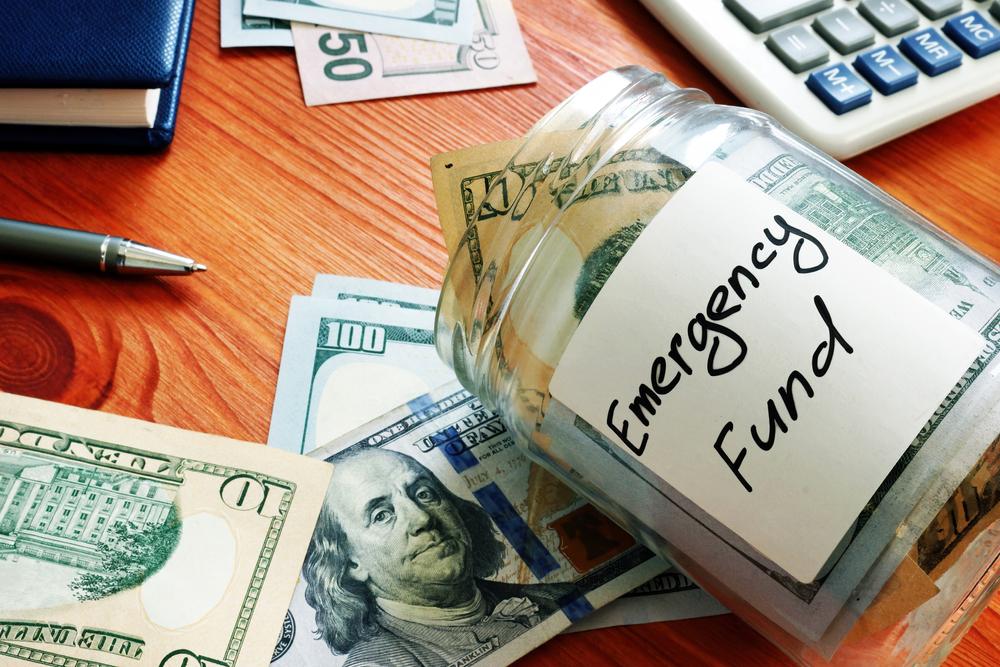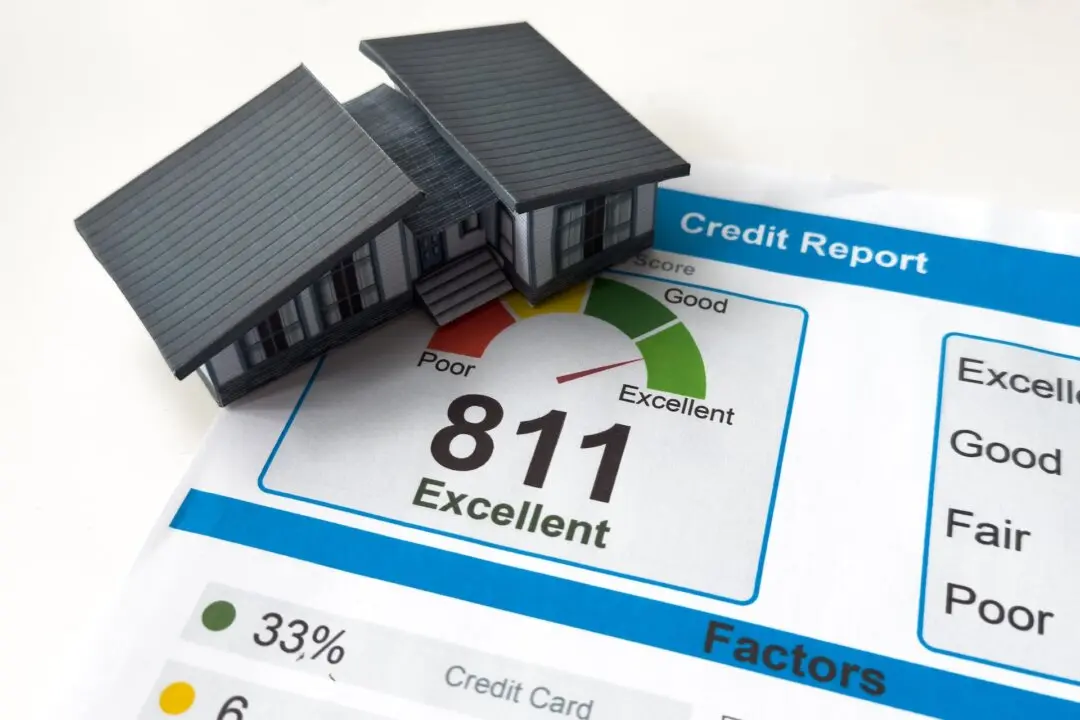Four weeks before Christmas, Mitch and Jenn had a string of bad luck. Mitch broke his leg in a skiing accident. Jenn’s car broke down, requiring major repairs. And the aged roof of their home decided to fail right in the midst of a major storm.
The financial and emotional toll these events took on them was huge but nothing like it might have been if they hadn’t been diligently building a contingency fund, more commonly known as an emergency fund.





